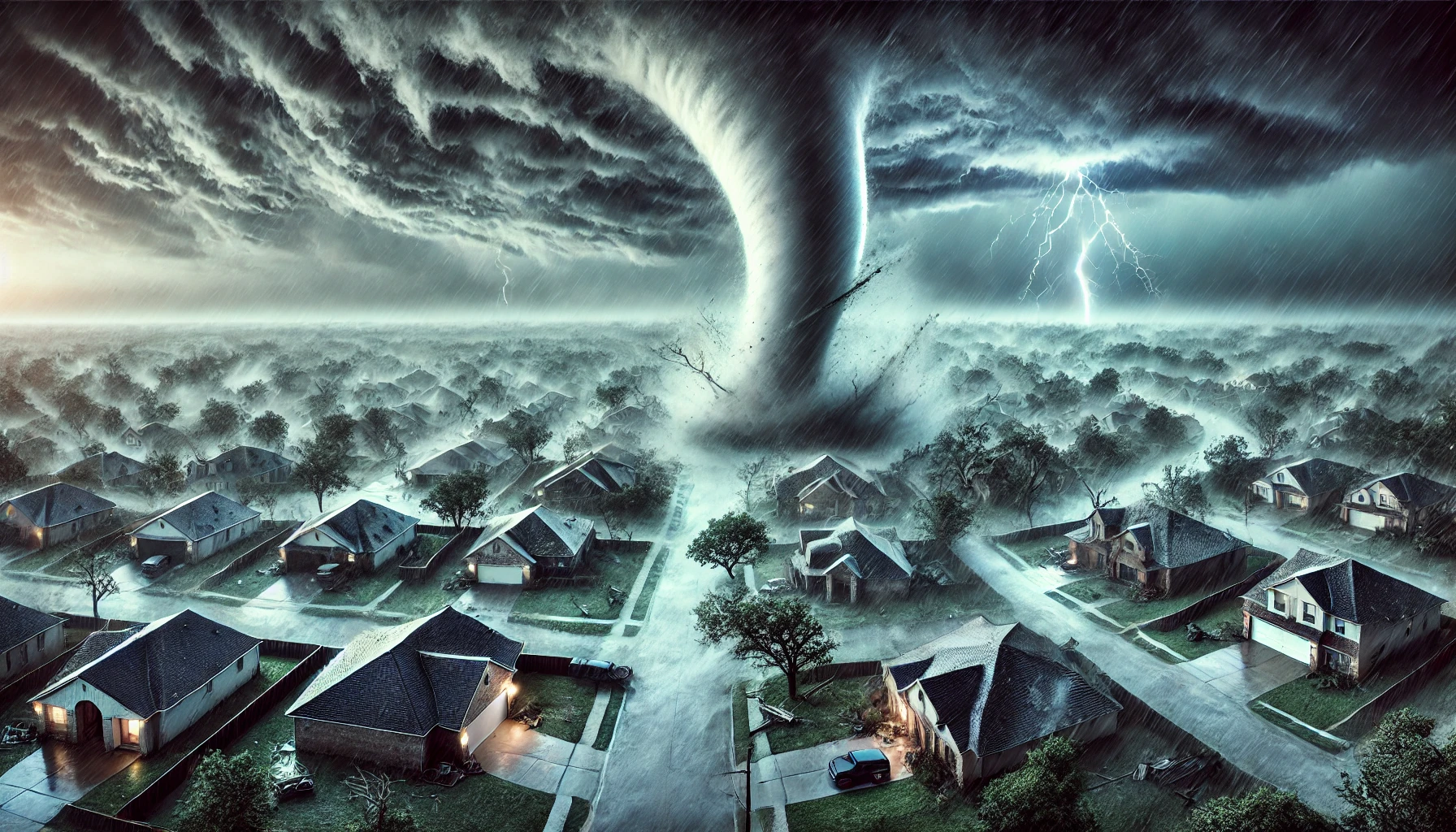The Power of Redundancy in Preparedness
The phrase “two is one, one is none” is a cornerstone of emergency planning. It’s not about paranoia; it’s about ensuring resilience when things go wrong. This principle is rooted in the idea that every critical system or resource should have a backup, because failures are not just possible—they’re inevitable.
In emergency situations, redundancy can mean the difference between life and death. It’s why pilots have backup navigation systems, why mountaineers carry spare ropes, and why hospitals have multiple power sources. Yet, for many homeowners, the idea of redundancy in emergency preparedness remains an afterthought.
Redundancy for Homeowners: Practical Examples
How can the principle of redundancy apply to you as a homeowner? Here are a few key areas where two is one, and one is none:
- Power: Having one generator might seem sufficient, but what if it malfunctions or runs out of fuel? Consider a second power source, such as a solar-powered backup system or a smaller, portable generator.
- Water: Your main water supply may be compromised during a disaster. Have at least two methods of purifying water, such as a filtration system and purification tablets.
- Communication: When cell service is down, having two alternatives—a satellite phone and a two-way radio, for instance—ensures you can stay connected.
- Emergency Plans: If one evacuation route is blocked, you’ll need a secondary route. Map out multiple options and practice them with your family.
- Food: Stocking one pantry is a good start, but consider diversifying your food storage. Have freeze-dried meals as a backup to canned goods, and store some supplies in a secondary location.
Learning from Famous Examples
History offers plenty of real-life lessons in redundancy. Take the Apollo 13 mission. When an oxygen tank exploded, the crew’s backup systems and creative problem-solving were the only reasons they survived. The mission control team leveraged redundant oxygen, power, and navigation systems to safely bring the astronauts home.
Or consider Ernest Shackleton’s ill-fated Antarctic expedition aboard the Endurance. Shackleton’s meticulous planning included multiple layers of redundancy—extra provisions, navigation tools, and escape strategies. Despite losing their ship, every crew member survived the ordeal, thanks to his preparation.
Redundancy in Everyday Life
While most of us aren’t preparing for space missions or polar expeditions, the same principle applies to our daily lives. Redundancy isn’t about over-preparing; it’s about having options when your primary plan falls through. It’s why we carry spare keys, save files in the cloud, and keep a spare tire in the car.
When it comes to emergency preparedness, redundancy means ensuring your family has access to essential resources no matter what. It means having the peace of mind that comes from knowing you’re ready for the unexpected.
Why It Matters Now
In today’s world, disasters—whether natural or man-made—seem to be increasing in frequency and intensity. Power outages, wildfires, hurricanes, and floods are no longer rare events. For homeowners, this reality underscores the importance of preparedness.
At Onpoint Readiness, we specialize in helping families create customized preparedness plans that embrace the principle of redundancy. From assessing your current resources to building a robust plan with backups for critical systems, we’re here to guide you every step of the way.
Don’t wait for a disaster to test your preparedness. Remember Ray’s story: two is one, one is none. Let us help you ensure that your family’s safety doesn’t rely on a single point of failure.
Ready to Get Started?
Contact us today to schedule a consultation. Together, we can create a preparedness plan that gives you confidence and peace of mind—no matter what the future holds. www.OnpointReadiness.com.

